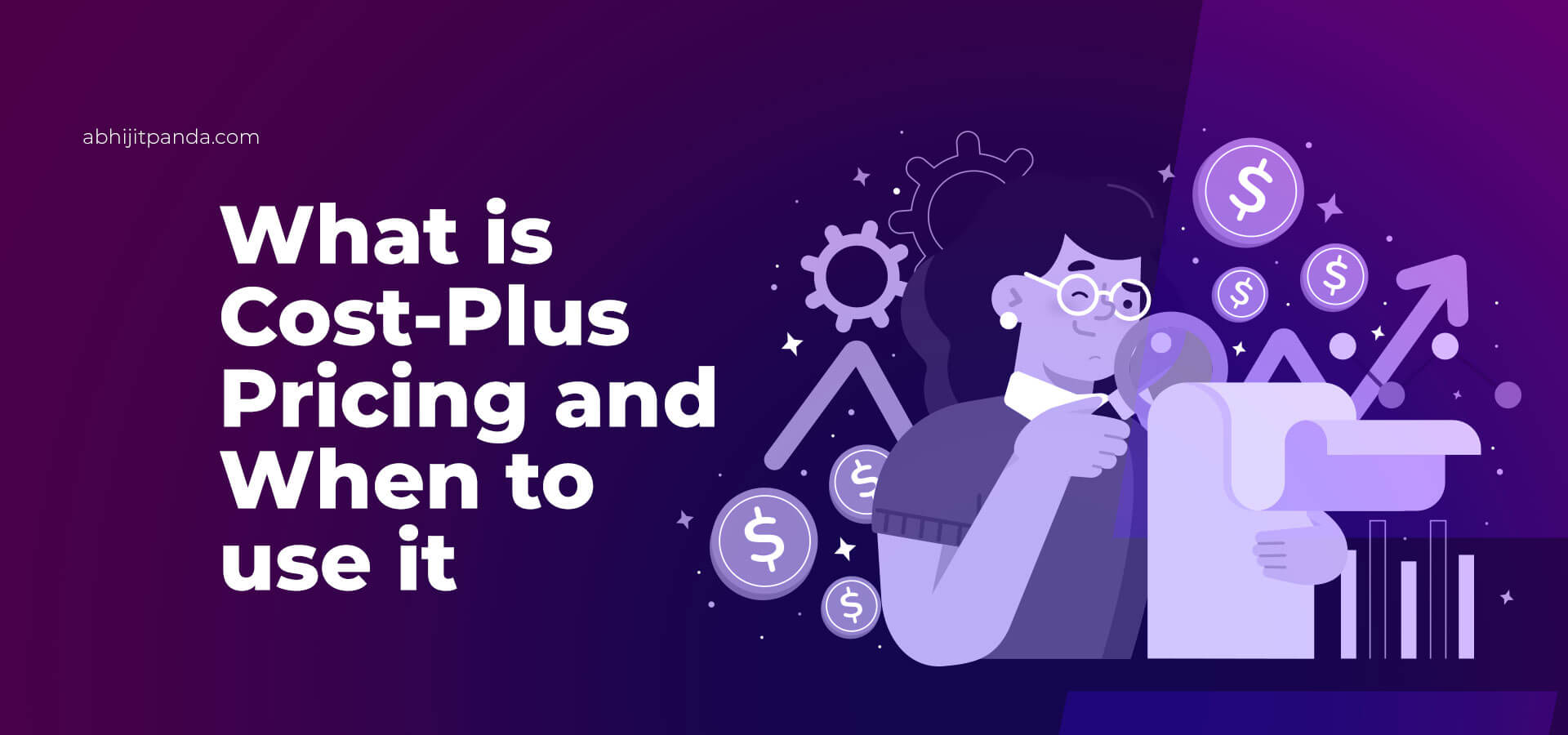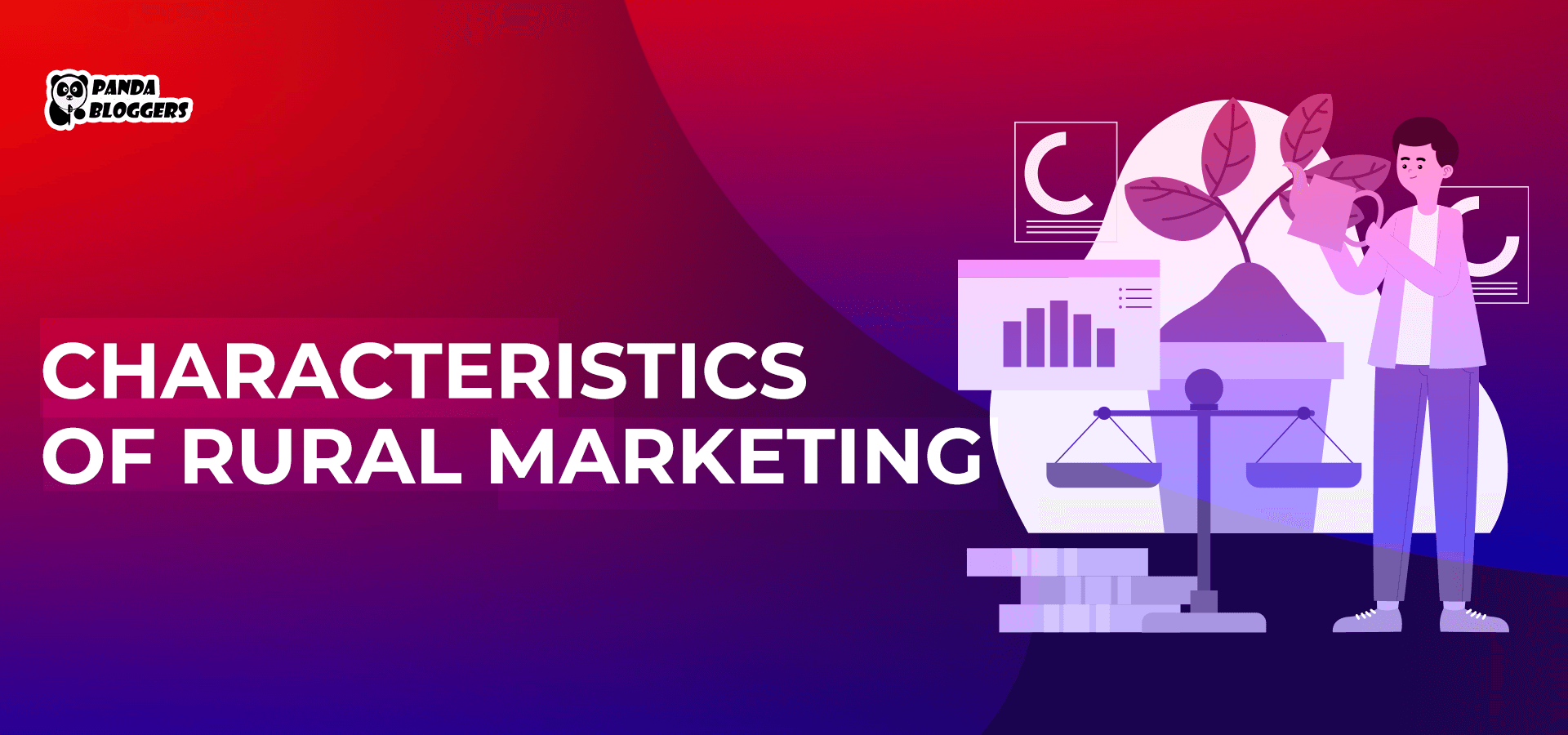 What is Cost-Plus Pricing and When to Use It?
What is Cost-Plus Pricing and When to Use It?
While determining the price of a product or service, you can consider several types of pricing strategies. Some pricing strategies help you to increase the demand for the product or service, while others make it easier for you to generate more profit. Unlike other pricing strategies, cost-plus pricing or markup pricing helps you to generate profit as a fixed percentage on the cost of production of a unit of product.
Wikipedia defines cost-plus pricing or markup pricing as “a pricing strategy in which the selling price is determined by adding a specific markup to a product’s unit cost.”
Three Important Steps in Cost-Plus Pricing Strategy
Cost-plus pricing is one of the simple and straightforward pricing strategies. You can use a cost-plus pricing model to set the selling price of a product in three simple steps.
Step 1: Determine the production cost per unit.
You have to start by determining the cost of production by adding materials, labour, direct expenses, and overheads. You can divide the total cost of production by the total units of the product to determine production cost per unit.
Step 2: Determine the profit margin or markup.
You need to determine the amount of profit you want to earn by selling a single unit of the product. Often businesses calculate the profit margin as a percentage of the production cost per unit.
Step 3: Determine the Product’s Selling Price.
Finally, you have to determine the selling price of each unit of the product by adding the production cost per unit with the profit margin or markup.
Cost-Plus Pricing Formula and Example
The cost-based pricing strategy enables you to determine the selling price of a product using the simple formula: Cost per Unit ((1 + the Markup Amount). We can describe the formula more clearly using the following example.
Let’s assume your business has to incur Rs 1000 as material cost, Rs 800 as labour cost, and Rs 200 as overheads cost to produce a single unit. Also, your business wants to set the markup or profit margin at 50%.
Material Cost: Rs 1000
Labour Cost: Rs 800
Overheads Cost: Rs 200
Cost per Unit Rs 2000
Markup: 50% or .50
Selling Price: Rs 2000 (1+.50) = Rs 2000 * 1.5 = Rs 3000
Your business can earn a 50% profit by selling a single unit of the product at Rs 3000.
Strategic Advances of Cost-Plus Pricing Strategy
One of the Simplest Pricing Strategies
Some pricing strategies require you to consider a variety of factors while determining the selling price of a product. But the cost-plus pricing strategy requires you to determine the cost of production accurately. You can determine the selling price of a product simply by determining the cost of production and profit margin.
Justifies Increase in Selling Price
Sometimes buyers complain about a sudden or unexpected rise in the selling price of a product. Cost-plus pricing strategy makes it easier for your business to justify the increase in the selling price of a product due to the increase in the production cost. Also, your business can cover the rise in production cost by increasing the product’s selling price from time to time.
Ensures Consistent Rate of Return
Unlike other pricing strategies, cost-plus pricing focuses on the cost of production fully. Also, it allows your business to determine the markup as a percentage of the production cost. Hence, your business can get a consistent rate of return in the long run by adopting markup pricing strategy.
Major Drawbacks of Cost-Plus Pricing Strategy
Ignores Prices Set by Competitors
The cost-plus pricing strategy focuses only on the cost of production. It ignores the price set by competitors for similar products. Hence, your business may set the selling price of the product too high with the aim to increase profit. But the higher price will make it difficult for your business to increase the sale of the product.
Relies on Estimated Sales Figures
The pricing strategy assumes that all units of the product will be sold out. The demand for and sale of a product is influenced by a slew of factors. Hence, there are always chances that your business may not recover the cost of production fully by overestimating the sales figures. Also, your business may not generate more profit by setting a lower profit margin based on the overestimated sales figure.
Does not Emphasize on Reducing Production Cost
Most businesses these days explore ways to reduce production cost to beat the competition and boost demand. But cost-plus pricing strategy enables businesses to increase profit margin despite a rise in production cost. Hence, the pricing strategy will not encourage your managers to improve operational efficiency and curtail manufacturing overheads.
Suitability of Cost-Plus Pricing Strategy
Many retailers these days set selling price of different products using a cost-plus pricing model. The retail products differ from each other in terms of production cost. Hence, the retailers set different rates of markup on the production cost of a specific product. The pricing strategy further allows retailers to apply different markup percentages of various products.
Also, many companies impress customers by keeping the pricing strategy transparent. They adopt the cost-plus pricing model to convince that they are applying a lower markup percentage than the competitors. The transparency helps businesses to implement a strategy to popularize their brands and promote customer loyalty.
But your business cannot determine the price of a customized software solution or software-as-a-service (SaaS) product by adopting the pricing model. Because your software solution will help businesses to get higher returns by boosting operational efficiency and curtailing cost. It is always advisable to avoid markup pricing model to determine the price of digital products and solutions.
Your business can opt for cost-plus pricing strategy to get a consistent rate of return on the cost of production. But you must remember that markup pricing, like other pricing strategies, has its own advantages and shortcomings. Your business cannot use the pricing strategy to generate revenue and boost sales of all types of product. It is always important to keep in mind the pros and cons of cost-plus pricing while comparing various pricing strategies.









Leave a Reply